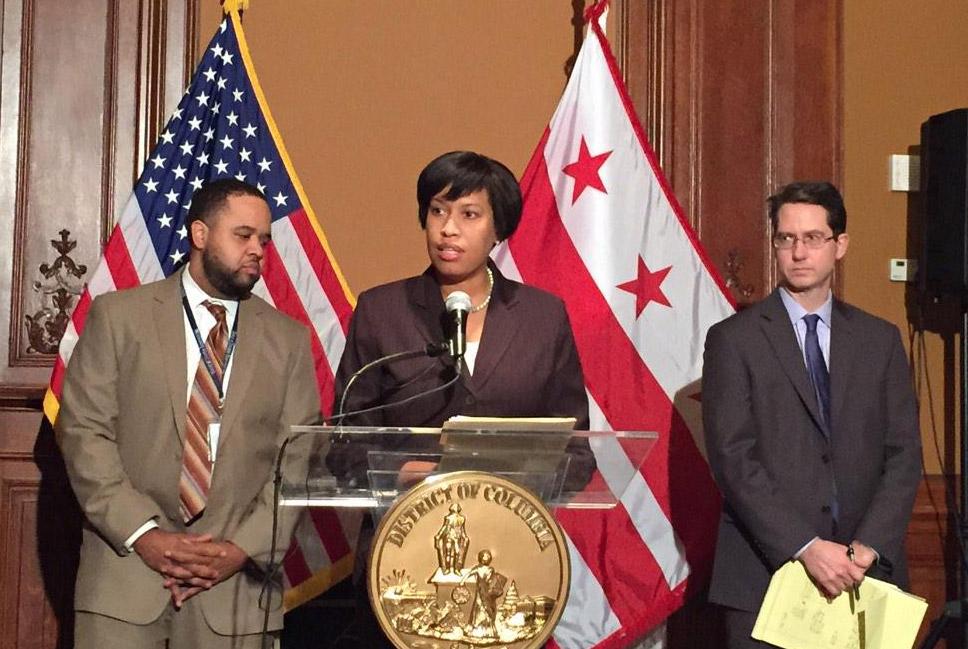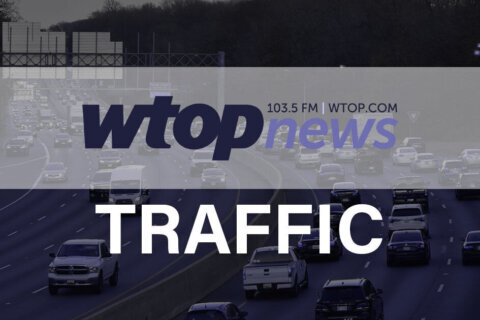WASHINGTON — At a meeting of the D.C. City Council on Tuesday, Metro Board Chairman Tom Downs didn’t tell lawmakers much about the L’Enfant Plaza incident on Jan. 12, deferring most questions to the National Transportation Safety Board. But he made one comment worth noting.
Downs told lawmakers to be cautious about what is being reported. He told Councilmember Mary Cheh that some assertions being taken as fact may turn out to be wrong when the NTSB issues a final report.
For example, he said, reports that the emergency doors were locked or would not open are inaccurate. Mayor Muriel Bowser released a report on Saturday that caused the confusion.
“Once [Rescue 1] reached the train, they attempted to open the emergency exit door located at the back of the last car of the train, but could not gain access. Instead, Rescue Squad 1 opened a passenger door on the last car of the train,” the report says.
But D.C. Fire Lt. Stephen Kuhn and a redacted email in the same report tell a different story.
“Firefighter (redacted) and I made our way to the first door of the last car and could see that the car had as much smoke in it as the tunnel. We pounded on the car door and told the passengers to open the door and they yelled that they couldn’t, and why became apparent after the incident. Firefighter (redacted) asked what I wanted to do and I told him to open the door, which he did with the Metro barrel key on his Metro key ring,” the email included in the report states.
The report and Kuhn’s email are contradictory.
Sources tell WTOP that the Metro barrel key is used to open the bulkhead doors that separate the train cars from each other. The bulkhead door on the last train car is always locked, because if someone were to open it, they could fall off the train.
Emergency exit doors are located in the middle of each train car. A red emergency handle with instructions is placed near the door. Passengers can pull these handles to self-evacuate, which happened during the incident. Emergency crews can also access an external emergency handle on the outside of the train near the same door.
Also, Downs told the City Council that information about the ventilation system not working in the tunnel is inaccurate.
Also, there’s confusion over why D.C. Fire and EMS radios didn’t work inside the tunnel. Metro has antennas and boosters that are supposed to allow radios to work anywhere. But it’s unclear whether encrypted radios are the reason those radios couldn’t access the antennas. Sources tell WTOP there are many other reasons why the radio communication breakdown could happen, and ultimately the NTSB must determine what happened and why.
Follow @WTOP on Twitter and WTOP on Facebook.






